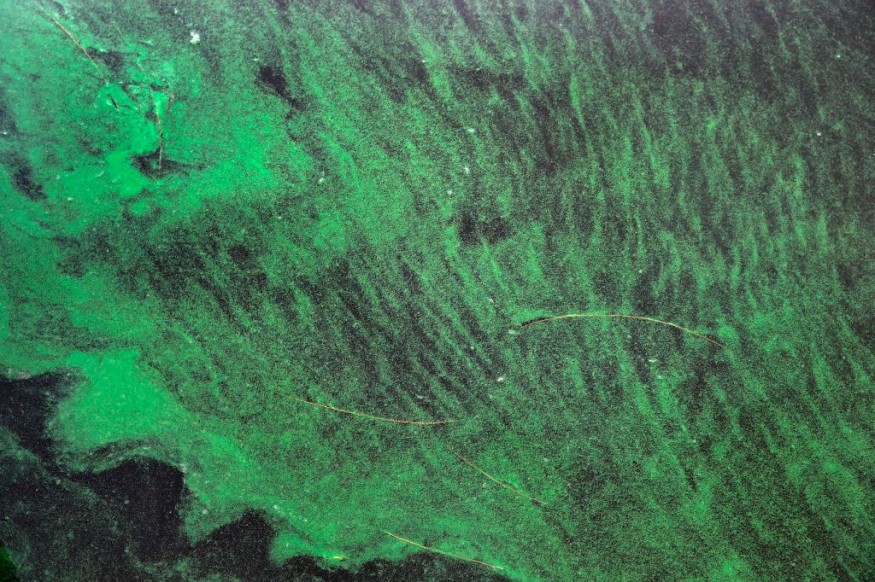While we enjoy a day that is approximately 24 hours long, a new study suggests that it might not have always been the case, with the changes in the length of a day providing a nudge toward the development of complex life.
Although most lifeforms on Earth are now breathing in oxygen and giving off carbon dioxide, it might not be the case when the planet was still young. According to an article from the Scientific American, oxygen was not common some 2 billion years ago, with its increase being the result of tiny organisms who synthesized existing chemicals to the breathable air we now have. Although, the exact details of this evolutionary change in the air's composition were lost to time.
Now, a team of researchers has come up with a new proposal. In their report "Possible Link Between Earth's Rotation Rate and Oxygenation," appearing in the latest Nature Geoscience journal, researchers suggest that there might be a link between the speed at which the Earth rotates and the changes in oxygen levels.

ALSO READ : Methane-Cycling Microbes Fossilized 3.42 Billion Years Ago Offer New Insight on Early Life
Longer Days for a Young Earth and Precursor to Photosynthesis
Writing for Science Magazine, senior contributor Elizabeth Pennisi described how Earth was a lot different 4 billion years ago, with vast and shallow seas hosting life, but only limited to unicellular organisms. Among those early lifeforms were cyanobacteria.
Commonly known as the blue-green algae, cyanobacteria can be found in almost all types of water today: freshwater, ocean water, and even brackish ones. They form mats on the surfaces of sediments and could even cause algal blooms that are dangerous for other marine life.
Simpler microbes that served as precursors to these algae were the same organisms that evolved a food production method known as photosynthesis. It allowed the prehistoric microbes to convert carbon dioxide and water into oxygen and essential sugars that sustained them. Over long periods of time, the balance of these materials changed, creating the oxygen-rich world we live in today.
However, scientists cannot actually explain why it took about a billion years from the emergence of the first microbes with photosynthesis, which fossil evidence suggests to be from 3.5 billion years ago, the first verifiable proof of oxygen buildup.
Another factor is that we now know that the Earth is actually spinning slower as it gets older. According to Discover Magazine, a method known as Very Long Baseline Interferometry, which uses space telescopes that measure signals that should appear and disappear in a single rotation. Through this, scientists can infer if there have been changes in the rate at which our planet spins, and indeed, reports state that it is slowing down.
How Fast Was Young Earth? How Did Oxygen Flood the Atmosphere?
Researchers behind the new theory, citing earlier studies, said that the 24-hour day we have now might be as short as six hours at ages that came before 4 billion years ago.
They then argue that the length of day and the illumination period could have increased by as much as three times since the microbes capable of photosynthesis first emerged. This suggests that the rate at which illumination increases or decreases during one rotational or daylength period saw a substantial change.
The team behind the new theory then developed a model that maps the complex interaction between changes in the length of the day, the amount of illumination, the projected gross production from photosynthesis, as well as other factors involving metabolic substrates and products available during the period.
Graphing the simulations in their model helps explain the puzzle among scientists on why oxygen did not build up linearly, starting from the appearance of the cyanobacteria that can perform photosynthesis.
RELATED ARTICLE : An Ancient Enzyme Gives Insight on the Evolution of Photosynthesis
Check out more news and information on Cyanobacteria in Science Times.












